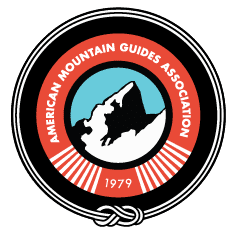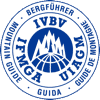Training for a mountaineering/climbing/ski trip can seem intimidating at first. Also, knowing the proper nutrition for these activities can be a challenge. Thankfully, we have a resource from a local company Cascade Endurance to help. Check out the articles below about fitness and nutrition in preparation of your trip. Both are provided by Cascade Endurance and written by Sam Naney.



